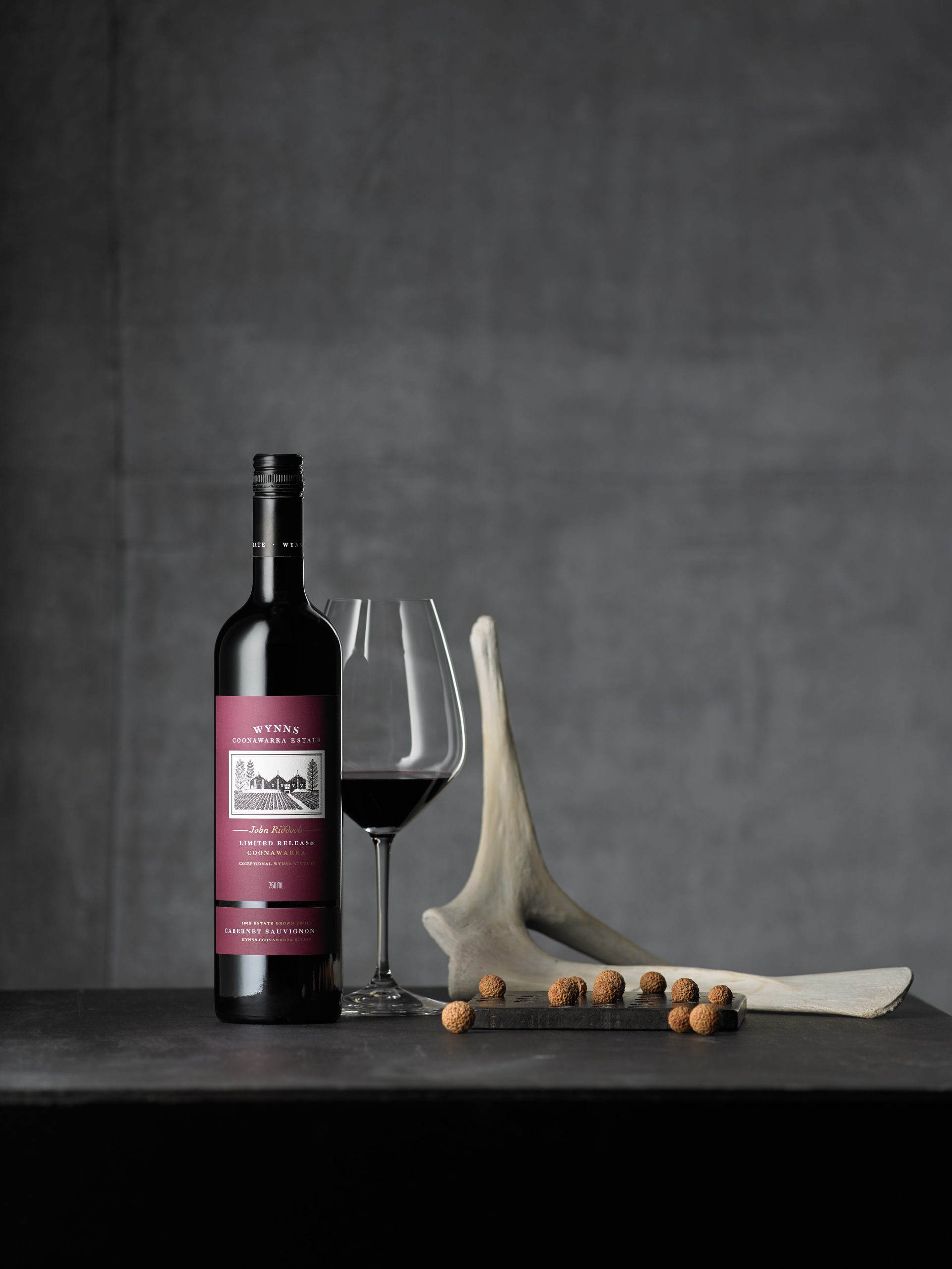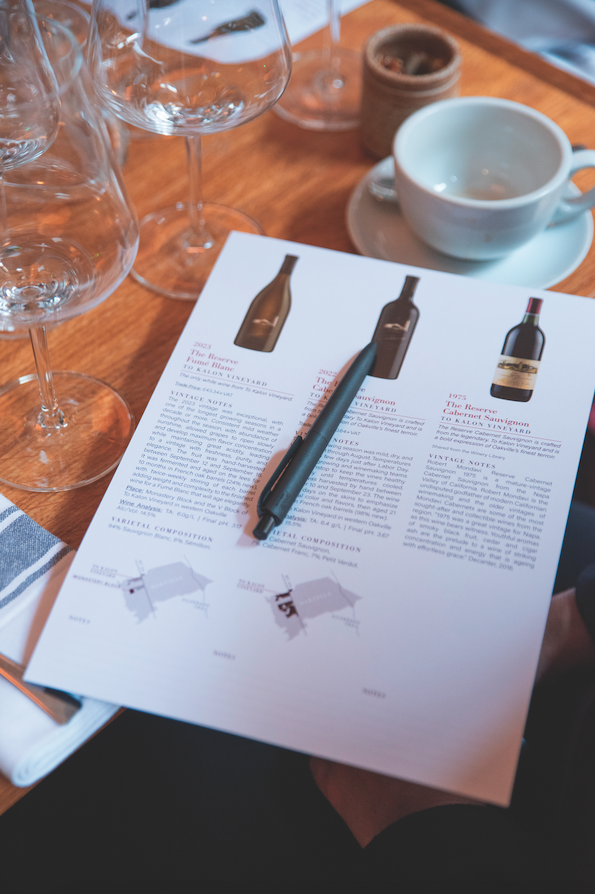Prohibition in pictures
While the purpose of Prohibition may have been to stifle America’s love of alcohol, it is instead a period remembered for the rise of clandestine drinking dens, bootleg booze and Al Capone.
Prohibition was introduced in the United States in 1920 when the 18th Amendment was passed, imposing a constitutional ban on the sale, production, importation and transportation of alcoholic beverages. Consumption itself was not banned.
The reason for its introduction was varied. At the time the country’s troops were fighting in World War One and many felt it wasn’t appropriate to drink alcohol because of this. Others cited religious obligations claiming drinking alcohol went against God’s will.
Practically, a ban on alcohol was considered useful in that it would boost supplies of important grains such as barley during wartime. However the biggest driving force was a changing shift in perceptions toward alcohol, with the Anti-Saloon League leading calls for Prohibition arguing that drinking alcohol was damaging American society.
The movement was largely promoted by the “dry” crusaders, largely made up of rural Protestants and social progressives in the Democratic and Republican parties, and was co-ordinated by the Anti-Saloon League, and the Woman’s Christian Temperance Union Prohibition.
Despite Prohibition people continued to drink and gangsters made huge sums of money through the illegal trafficking of alcohol and sale of bootleg booze. In the cities, not least New York and Chicago, clandestine drinking dens thrived, also known as speakeasy’s, giving rise to an underworld of alcohol consumption that has to this day characterised the period. These bars claimed to sell soft drinks but actually served alcohol under the table.
Today, speakeasy-style bars are making a comeback, with hidden drinking holes scattered throughout cities from London to New York.
Here we take a look at one of the most intriguing and periods in American history, which has continued to influence drinking trends to this day….
After the signing of the 18th amendment, a total of 1,520 Federal Prohibition agents were tasked with enforcing the law. The first step of Prohibition was to remove supplies of alcohol from suppliers and merchants, with Prohibition agents tasked with over seeing the removal of illegal liquor.
The introduction of Prohibition as hailed as a victory for public morals and health, however debate continued within the medical world as to the medicinal benefits of alcohol. Alcohol had, up until 1920, been widely prescribed to treat a number of ailments with the US congress holding hearings on the medicinal value of beer in 1921.
Consequently, physicians from across the US were permitted to prescribe alcohol if it was for medicinal purposes. The profession is reported to have earned around $40 million from whiskey prescriptions in 1921 to 1930.
Partner Content
In the beginning, supporters of Prohibition, known as “dries”, were confident that the 18th Amendment would become a permanent fixture in US law. One of its creators, Senator Morris Sheppard, was even quoted as saying that there was “as much chance of repealing the 18th Amendment as there is for a humming-bird to fly to the planet Mars with the Washington Monument tied to its tail.”
The Act did not prohibit consumption of alcohol in the US, only its manufacture, importation, sale, and transport. Many stockpiled alcohol for home consumption ahead of the amendments’ introduction in 1920 while others made use of section 29 of the Volstead Act. This permitted the production of wine and cider, not beer, from fruit at home. Up to 200 gallons of wine and cider per year could be made, and some vineyards grew grapes for home use.
One unintended effect of Prohibition was the rise of gangland crime, which profited hugely from the trade of bootleg booze and illegal alcohol during Prohibition’s 13 years. While increasing public demand for alcohol, Prohibition saw the rise of both Al Capone and Bugs Moran, who notoriously battled for control of Chicago’s illegal drinking dens, known as Speakeasies, in Chicago throughout the 1920s.
Between 1927 and 1930, more than 500 gangland murders took place, the most infamous being the St Valentine’s Day massacre in 1929 when Capone’s men killed seven members of Moran’s gang. At the time Capone was in Florida, supposedly on holiday.
Capone was jailed in 1932 at the age of 32, and was promptly diagnosed with syphilis and gonorrhea. He was released on parole on 1939 and died in 1947 having suffered a cardiac arrest.
It is estimated that during Prohibition $2 billion worth of business was transferred from the brewing industry and bars to bootleggers and gangsters. Prohibition became increasingly unpopular toward the end of the start of the 1930s, which many arguing that it was in fact encouraging the rise of large-scale criminal gangs, while doing nothing to stop people from drinking.
Prohibition ended on 5 December 1933, 13 years after it was introduced, following the ratification of the 21st Amendment, which repealed the 18th Amendment. The main reasons for its failure are commonly cited as a lack of Prohibition agents to enforce the law and their low salaries, which made them easy to bribe. The sheer size of America also made it difficult to prevent illegal smuggling of alcohol across borders. Most importantly, many Americans did not support Prohibition from the start and were happy to drink in speakeasies, ultimately supporting the illegal trafficking of alcohol and criminal gangs.
Although Prohibition ultimately failed, it did lead to a reduction in overall alcohol consumption, which halved during the 1920s. Alcohol consumption remained below pre-Prohibition levels until the 1940s, indicating that the experiment did encourage more moderate drinking habits, at least temporarily. Criticism remains that Prohibition led to the growth of urban crime organisations and resulted in lost tax revenue, which was greatly missed by the Government when the Great Depression began in 1929.




